For most of us when you think of painting wood you think of Poplar. This is probably the best species around for taking paint well with it’s good base color and close pores. Very little if any priming is necessary and the paint flows smoothly across the surface. Plus you just can’t beat the price of Poplar! This is great for interior work but once you head outside Poplar doesn’t do so well. Of course adding paint to any surface adds an element of protection but don’t expect things to look great after a year or two. For the best results, we turn to a good exterior rated species like Western Red Cedar, Douglas Fir, or the Mahogany family (Genuine Mahogany, Sapele, Utile, African Mahogany, Spanish Cedar). These are really premium species and the wood lover is loathe to cover them up with paint. Enter the paint grade material.
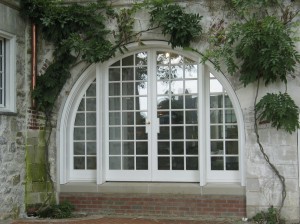
Most species that are resistant to the weather pose problems for paint. The natural oils interfere with the binders in the paint. Open pores and grain leave a spotty surface. Pronounced early and late growth leaves and uneven surface. So whenever possible we embrace the natural beauty and clear coat these species. This means you need good quality material with a consistent color and grain pattern that is free of knots and defects. Hence the higher price tag that makes any contractor nervous when you start adding up the footage required for trim, siding, structures, and decks.
If you have been reading this blog for any amount of time you will know that for every board foot of clear material there are probably 2-3 board feet of shall we say “less than ideal” appearance material. There is nothing structurally wrong with this wood but it may have some sapwood, kiln sticker stain, wilder grain, inconsistent color, etc that wouldn’t look great with a clear coat. Most of the time this material gets sorted out and set aside as a by product of providing clear lumber. This is the perfect wood for your exterior painted job!
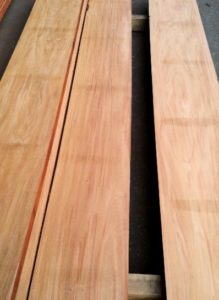
All of the issues mentioned above that interfere with paint may still exist but any good painter will tell you that proper priming, filling, and sealing must be done for any paint job to last more than a few years. This work has to be done anyway when painting an exterior surface so why spend the extra money on a higher quality board that looks pretty without the paint?
Like many lumber suppliers, J. Gibson McIlvain doesn’t have an official paint grade product but if you let us know that you are going to be painting the material we will source the proper “grade” to save you money. If nothing else consider it a subversive movement to prevent all the beautiful grained woods from being covered up under layers of paint.

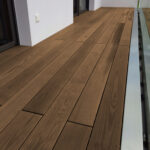
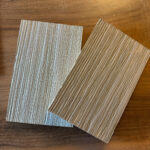
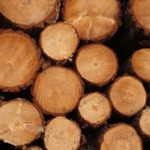
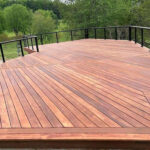
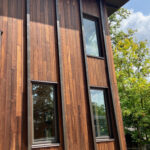
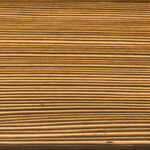


Leave a Reply